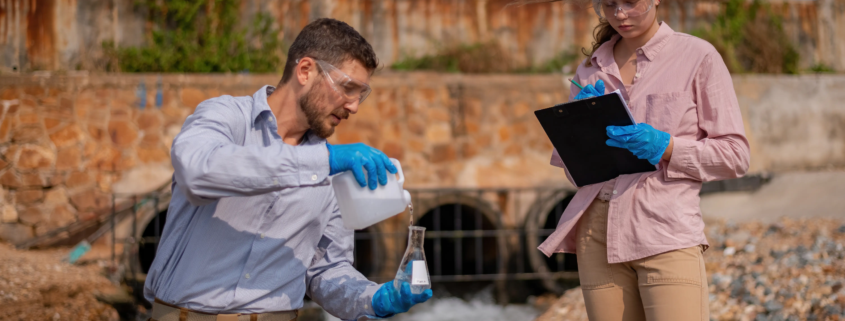Texas is known for its diverse landscapes, expansive ranches, and growing cities—but it also faces unique water quality challenges. One of the most pressing issues in many areas of the state is high salinity in Texas water supplies. Whether it’s due to natural geological conditions or human activity, elevated salt concentrations can affect everything from agricultural productivity to municipal water safety.
Understanding the causes and impacts of high salinity—and how to treat it—is essential for homeowners, farmers, industries, and local governments across Texas.
What Causes High Salinity in Texas Water?
Salinity refers to the presence of dissolved salts—primarily sodium, chloride, and sulfate—in water. In Texas, there are several common sources:
- Geological Composition: In West Texas and parts of South Texas, groundwater travels through salt-rich rock formations, dissolving minerals along the way.
- Drought and Evaporation: Prolonged droughts can concentrate salts in soil and surface water, especially in arid regions.
- Agricultural Runoff: Fertilizers and irrigation practices can lead to salt accumulation in groundwater and rivers.
- Oil & Gas Activity: Brine water from drilling operations can contaminate nearby wells or aquifers if not managed properly.
Regions such as the Permian Basin, Rio Grande Valley, and areas surrounding the Edwards Aquifer are especially prone to elevated salinity levels.
Why High Salinity Matters
Excess salinity isn’t just a matter of taste—it poses real challenges to health, agriculture, and infrastructure.
Health Effects
Water with high sodium or sulfate levels may not be suitable for individuals on restricted diets. Long-term exposure may also contribute to dehydration and gastrointestinal discomfort.
Agricultural Impact
Saline water damages crops, reduces soil fertility, and can alter irrigation systems over time—making it a major concern for Texas’ vast agricultural sector.
Infrastructure and Appliances
Salt-laden water corrodes plumbing systems, reduces appliance life spans, and increases maintenance costs for both residential and commercial properties.
How ADVANCEES Helps Treat High Salinity in Texas Water
At ADVANCEES, we provide advanced water treatment solutions specifically designed for the challenges of Texas water systems. Whether your source is brackish groundwater or contaminated surface water, our systems are engineered to address high salinity efficiently and sustainably.
Recommended Solutions:
- Brackish Water Reverse Osmosis (BWRO)
Ideal for high-TDS groundwater, these systems use semi-permeable membranes to separate salts and impurities, producing clean, potable water. - Pre-Treatment Systems
Solutions like filtration, antiscalant dosing, and pH adjustment help protect the RO membrane and ensure consistent performance. - Containerized and Solar Options
For remote locations or agriculture sites, ADVANCEES offers fully containerized and solar-powered RO systems—perfect for off-grid operations across rural Texas.
Where We Serve
Our salinity treatment systems are already operating in:
- West Texas: Treating high-TDS well water in oil and gas fields
- South Texas Farms: Supporting irrigation with desalinated water
- Municipal Systems: Upgrading water treatment facilities in growing cities
- Commercial & Industrial: Providing solutions for industries and businesses dealing with salty tap water
Get Ahead of Salinity Challenges with ADVANCEES
If you’re dealing with high salinity in Texas water, you’re not alone—and there’s a proven path forward. ADVANCEES brings decades of experience in water purification to Texas communities, offering scalable, sustainable systems that protect your health, your land, and your infrastructure.
Contact us today to schedule a consultation or water analysis—we’ll design a system that fits your specific salinity levels, water demands, and budget.



